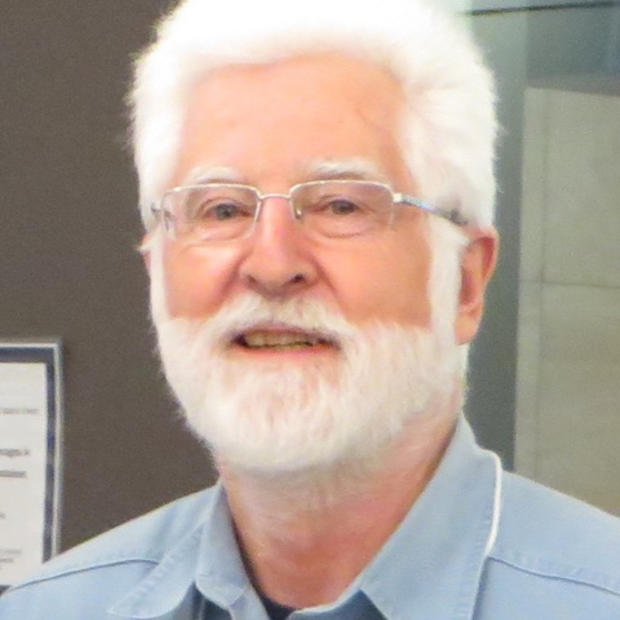Seattle Public Schools'ê current Facilities Master Plan says the district has about 8,000 more 'êseats'ê than needed for today'ês enrollment. The district, the local committee formed to advise the district after its financial crisis under Joseph Olchefske, a more recent consultant report by the Council of Great City Schools, and the state auditor all think this is a bad thing. It is not.
All these committees and studies make the same error — one that, once recognized, should give pause to anyone thinking about closing schools. The mistake they make is this: All their conclusions are based on Seattle Public Schools'ê actual enrollment. None of these analyses looked at how many school-age children actually LIVE in Seattle and WHERE they live. This bias in the analysis, a holdover in district thinking from three decades of various levels of desegregation busing when kids could be moved pretty much anywhere seats were available, explains why, while scrambling to close schools to save money, the district is also hammered by overcrowding in many areas north of downtown.
There are various estimates for the number of resident school-age kids north of downtown who do not attend SPS, ranging from 30 to 40 percent. It'ês a lot of kids. Even at 20 percent it'ês on the order of 5,000, the equivalent of six or seven large elementaries, one middle, and one high school. The same phenomenon likely occurs in the other middle and upper middle class areas of the city along Lake Washington and in the northern and view neighborhoods in West Seattle.
Without an inventory of unused seats the district doesn'êt have anywhere to put these kids if they decide to enroll. It'ês something of a Catch-22. Families react to the competition for seats and uncertainty about where their kids will go to school, particularly as they graduate to middle and high school, by choosing private school. This is clearly seen at high school. In Magnolia, Queen Anne, Ballard and the central North End there are way more high school age youngsters than seats at Ballard High, their closest school. No matter what elementary they start in, these families remain uncertain about where their kids will go to high school right through the school choice process at the end of eighth grade. Fortunately, to help solve this particular problem, the district is considering reopening Lincoln High School.
Clearly, positioning the district to maintain and increase 'êmarket share'ê is one reason for being careful to maintain excess capacity. Another is school choice. How much choice the district will offer in whatever student assignment plan is chosen (sometime in mid- or late-2009) is still uncertain. But the district can'êt offer real choice unless there are real classroom places for families who want their kids to move from one school to another. Without destination seats, the whole thing is a sham where a few families may win big but the vast majority lose.
Actually, without considerable churn in the elementary school clusters, it would be easier to see that the system is pretty close to that situation now. Consider that what often happens is like this: A student from school A chooses school B and gets a place because a student from B wanted to attend C and a family with a child in C really liked the kindergarten teacher in A, making a place for the kid from B — and so forth throughout the district. Perceived quality differences among elementary schools are either subjective or, where real, represent a failure by the district (as a result of larger system problems) to provide effective administration, teachers, and money. One result is that the most desirable (and real) options, mostly K-8s, are notably oversubscribed.
Still another consequence of failing to base school-closure and program-location decisions on resident rather than just enrolled children and where they live is depressingly manifest in Superintendent Maria Goodloe-Johnson'ês proposed closure and program-relocation plan. The Rainier Beach High School building remains half empty despite the academic enhancements being purchased by the district'ês Southeast Initiative to attract students. Goodloe-Johnson and her staff propose to fill Rainier Beach by moving the Summit K-12 student population at least 12 miles (as the crow flies) from the North End.
Why not just fill Rainier Beach with resident youngsters, many of whom have transferred north, adding to crowding there?
To answer that question, the district needs a student assignment plan. Maybe that plan will require kids to attend school where they live, allowing transfers only for specific reasons such as low-income family status, and only when space exists at the receiving school because it has more seats (deliberately, since schools haven'êt been closed) than the resident population needs. Maybe the new plan will be relatively toothless in that regard, much like the current plan.
Either way, you'êd think it folly to close a bunch of schools and move programs around before the School Board had approved an assignment plan that takes into account all the children who live in Seattle and where they live.



